Description
Mindfulness-centered cognitive behavioral therapy (CBT) offers a powerful set of practices that offers relief from common conditions like anxiety and depression. In The CBT Flip Chart, clinicians will find a straightforward and easy-to-understand resource that makes it easier to share these practices with clients. Intended for use in sessions, this simple, user-friendly format includes:
- 27 full-color diagrams on client-facing pages
- Additional explanations and examples on each corresponding therapist-facing page
This digital edition is designed for use in telehealth. To allow you to screenshare the client pages while viewing the therapist pages on a separate screen or device, an additional copy of the client-facing material is available for purchasers to download (details are included inside). You can use the digital markup tools found in your ebook reading app or telehealth platform to emphasize key points or fill in client responses on these pages.
With The CBT Flip Chart, clients will learn the fundamental concepts of mindfulness-centered CBT, such as:
- The interconnections among thoughts, feelings, and behavior
- Cognitive distortions
- Behavioral activation
- Exposure therapy
- Mindfulness in daily activities
The pages that follow demonstrate how CBT is used in the treatment of specific conditions your clients are facing, including:
- Overwhelming stress
- Depression
- Worry
- Procrastination
- Social anxiety
- Panic
- Posttraumatic stress disorder (PTSD)
- Obsessive-compulsive disorder (OCD)
- Problematic anger
- Insomnia
Novice and seasoned CBT therapists alike will enjoy the confidence and ease that The CBT Flip Chart offers for bringing these powerful practices to their clients.
Table of Contents
- Section 1: Understanding Think Act Be
- What Is CBT?
- The CBT Model
- Setting Goals
- THINK: Cognitive Techniques
- Examining Thoughts
- Cognitive Distortions
- Core Beliefs
- ACT: Behavioral Techniques
- Behavioral Activation Part 1
- Behavioral Activation Part 2
- Maximizing Follow-Through
- Exposure Therapy
- BE: Mindfulness Techniques
- What Is Mindfulness?
- Benefits of Mindfulness
- Mindfulness in Action
- Meditation
- Being the Observer
- Section 2: Applying Think Act Be
- Stress Management Part 1: Recognizing Stress
- Stress Management Part 2: Reducing Stress
- Depression
- Worry
- Procrastination
- Social Anxiety
- Panic
- Post-Traumatic Stress Disorder (PTSD)
- Obsessive-Compulsive Disorder (OCD)
- Problematic Anger
- Insomnia
- Maintaining Gains
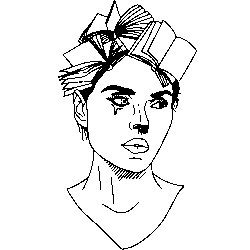
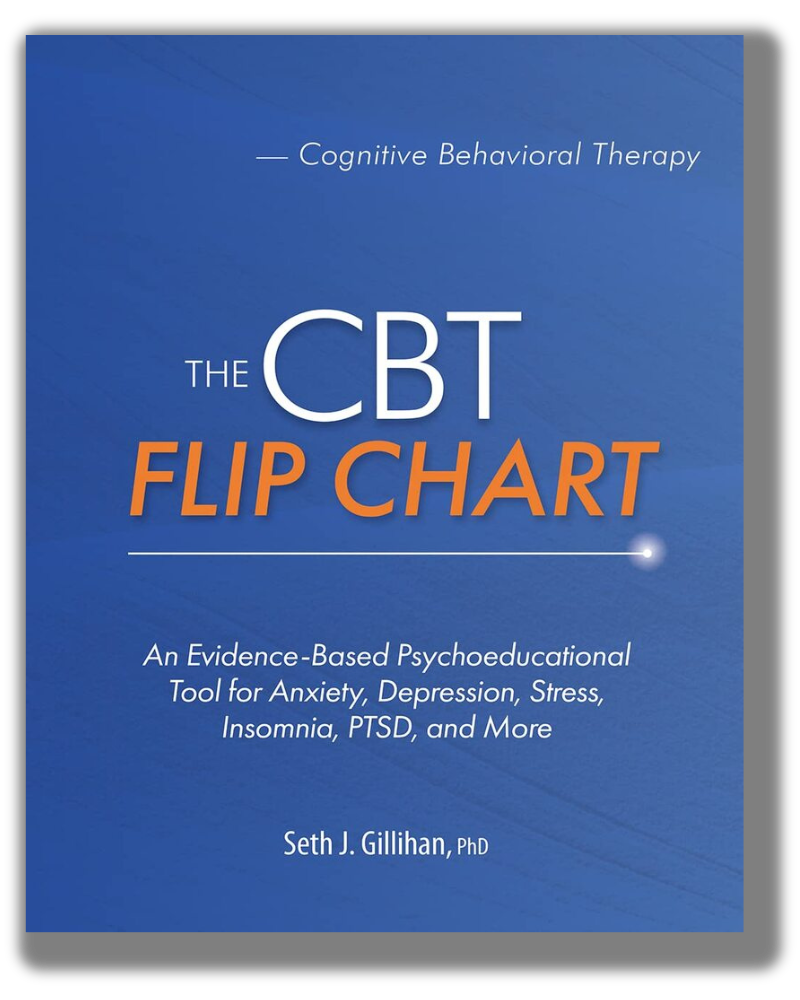

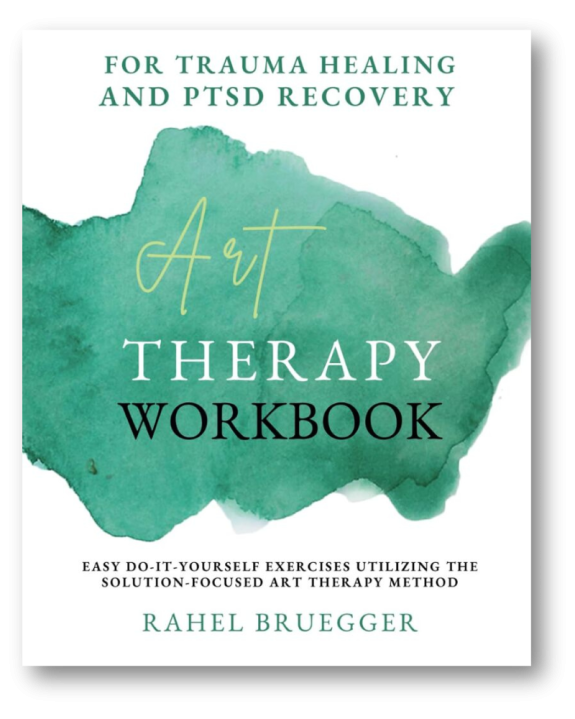

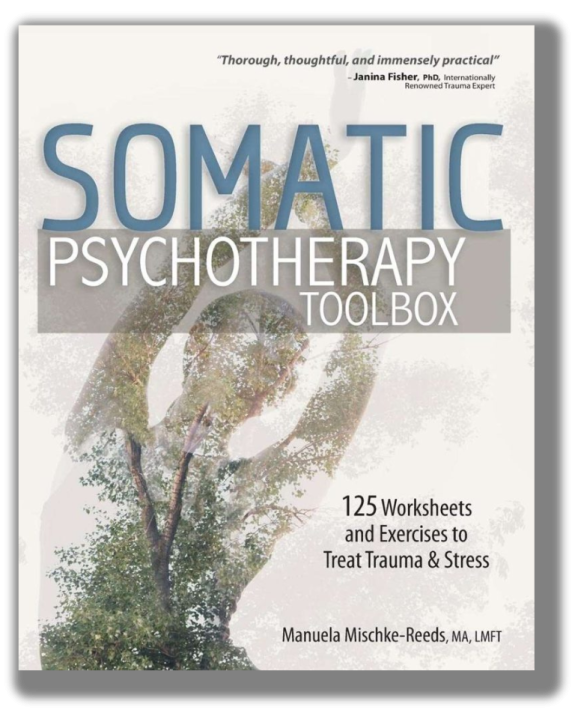
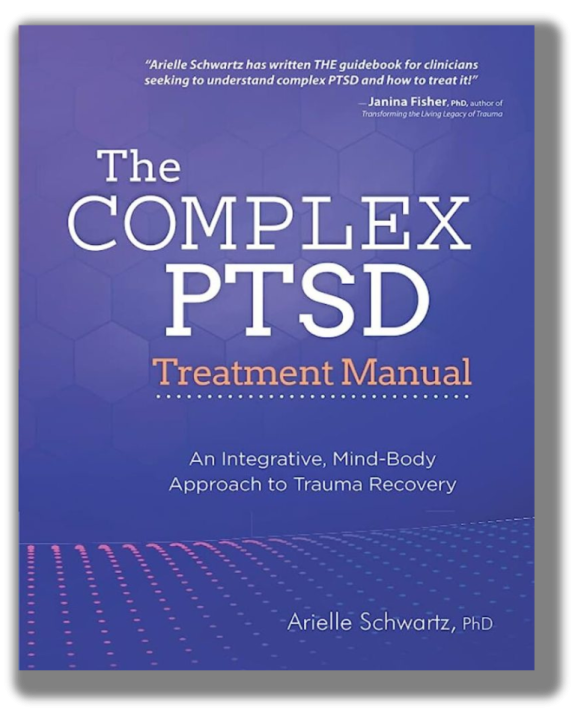

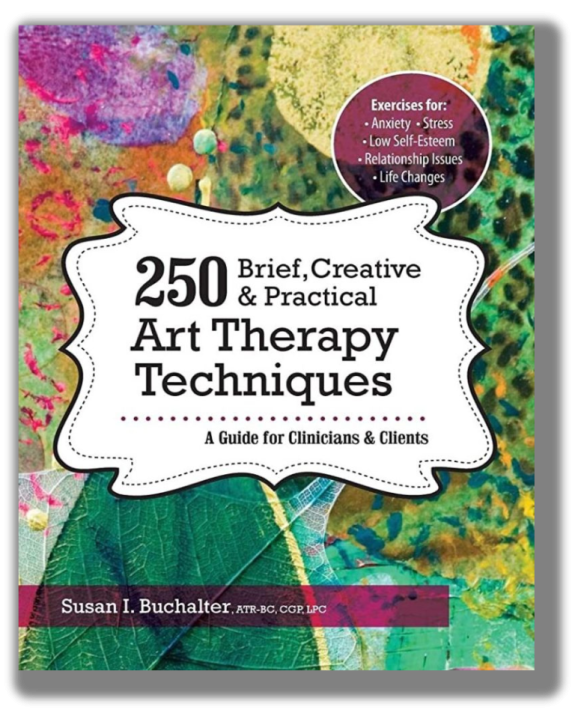
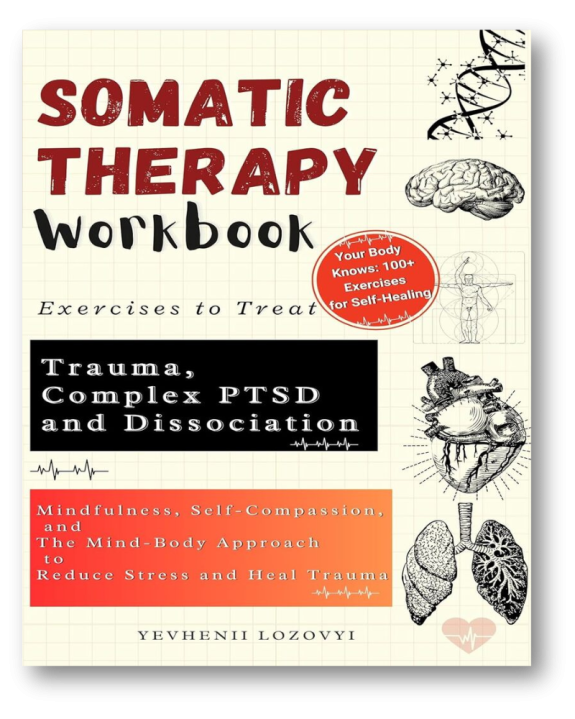
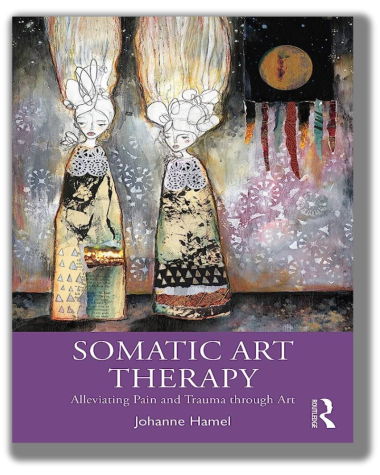
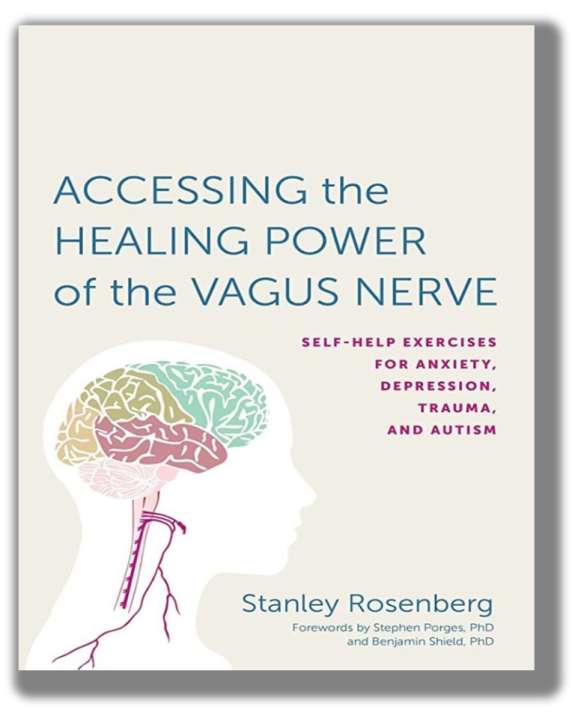

I really like the images and how it provides ideas for what the counsellor can say.
Wondering if it would be possible to have these in PDF, as I am doing counselling completely remotely?
nice
Great visual resource to help explain things to clients
This chart gives the clients a real look at what we are trying to accomplish and why. This also helps those learners who are not able to just hear but need to see to understand
This is a fantastic teaching tool for group or one on one sessions!